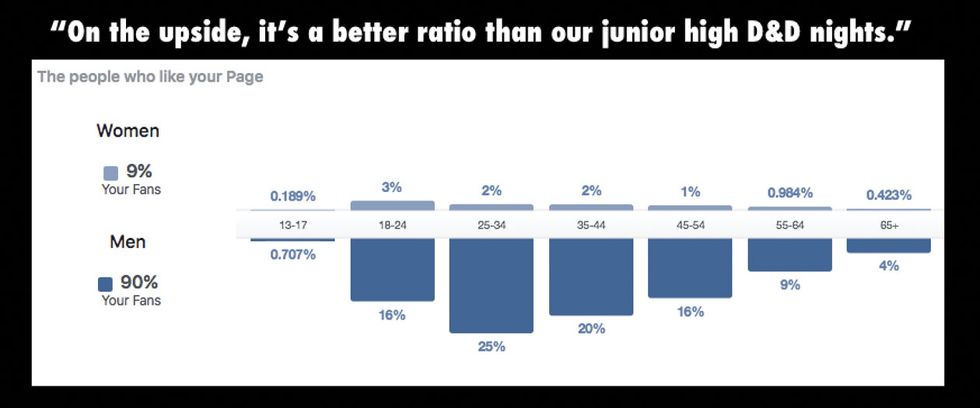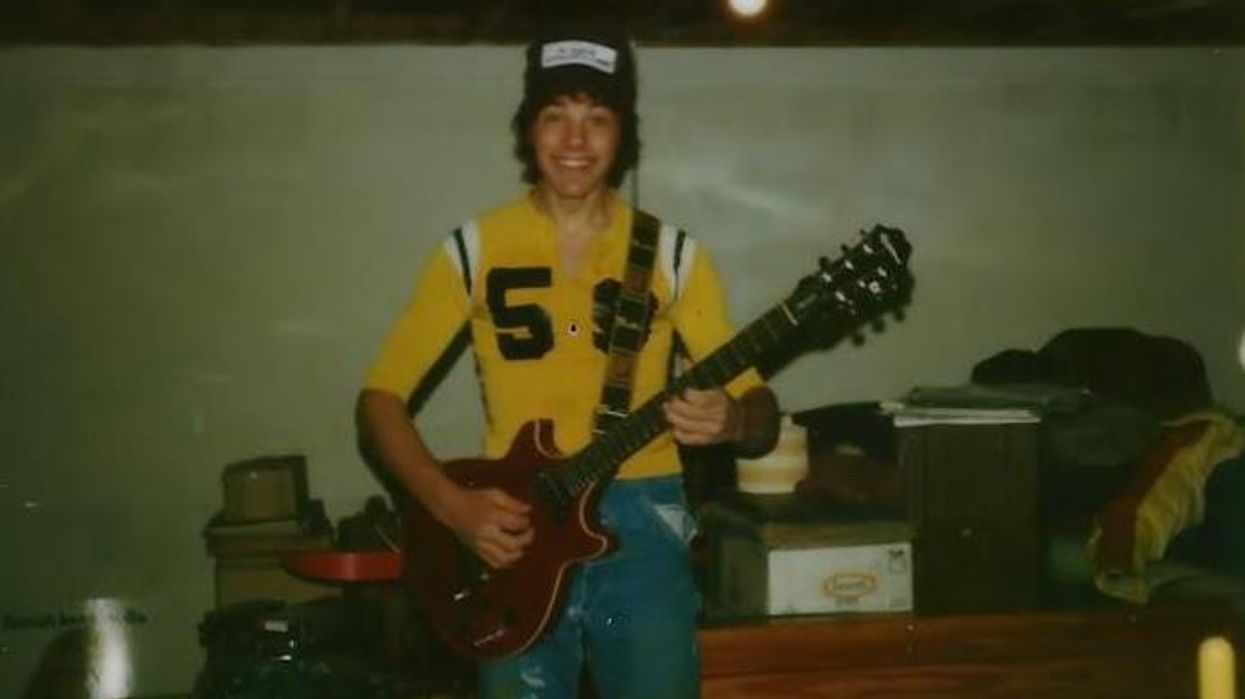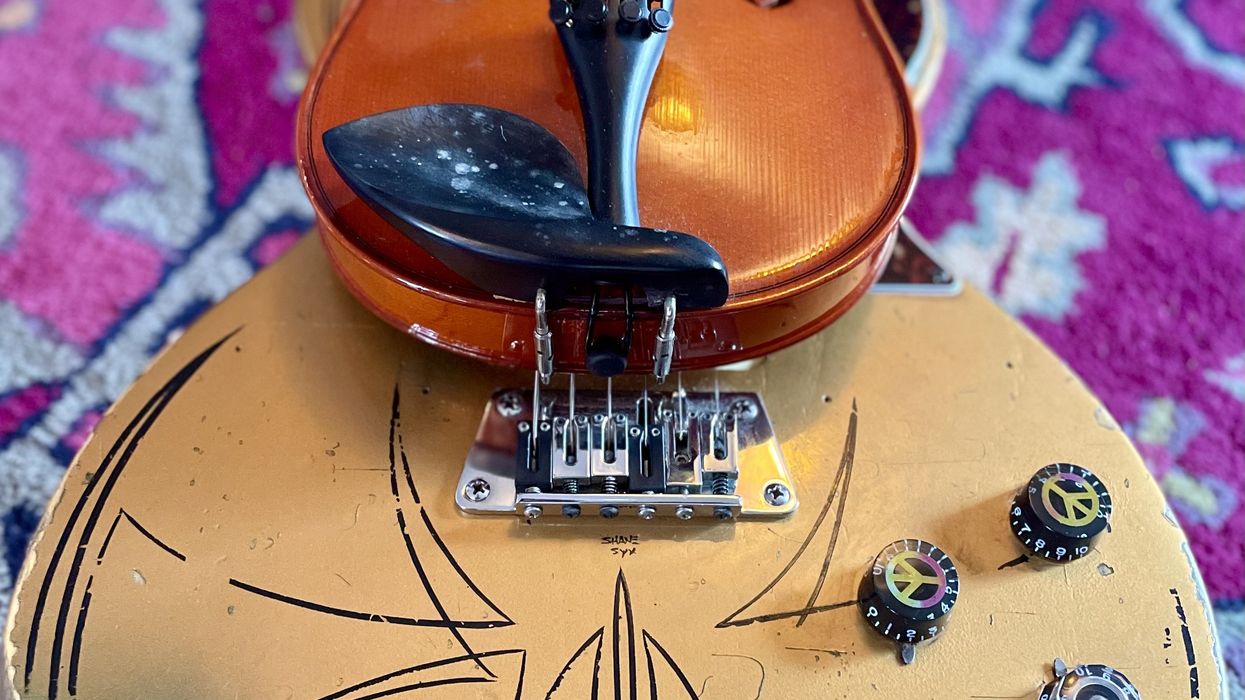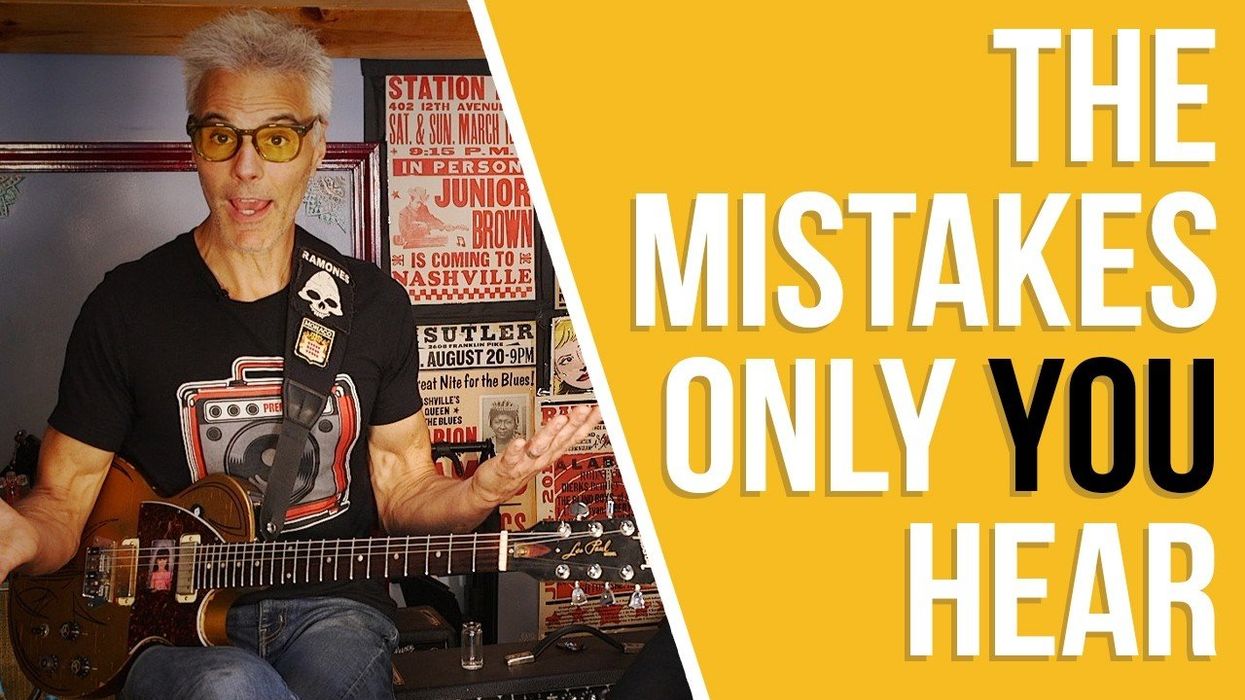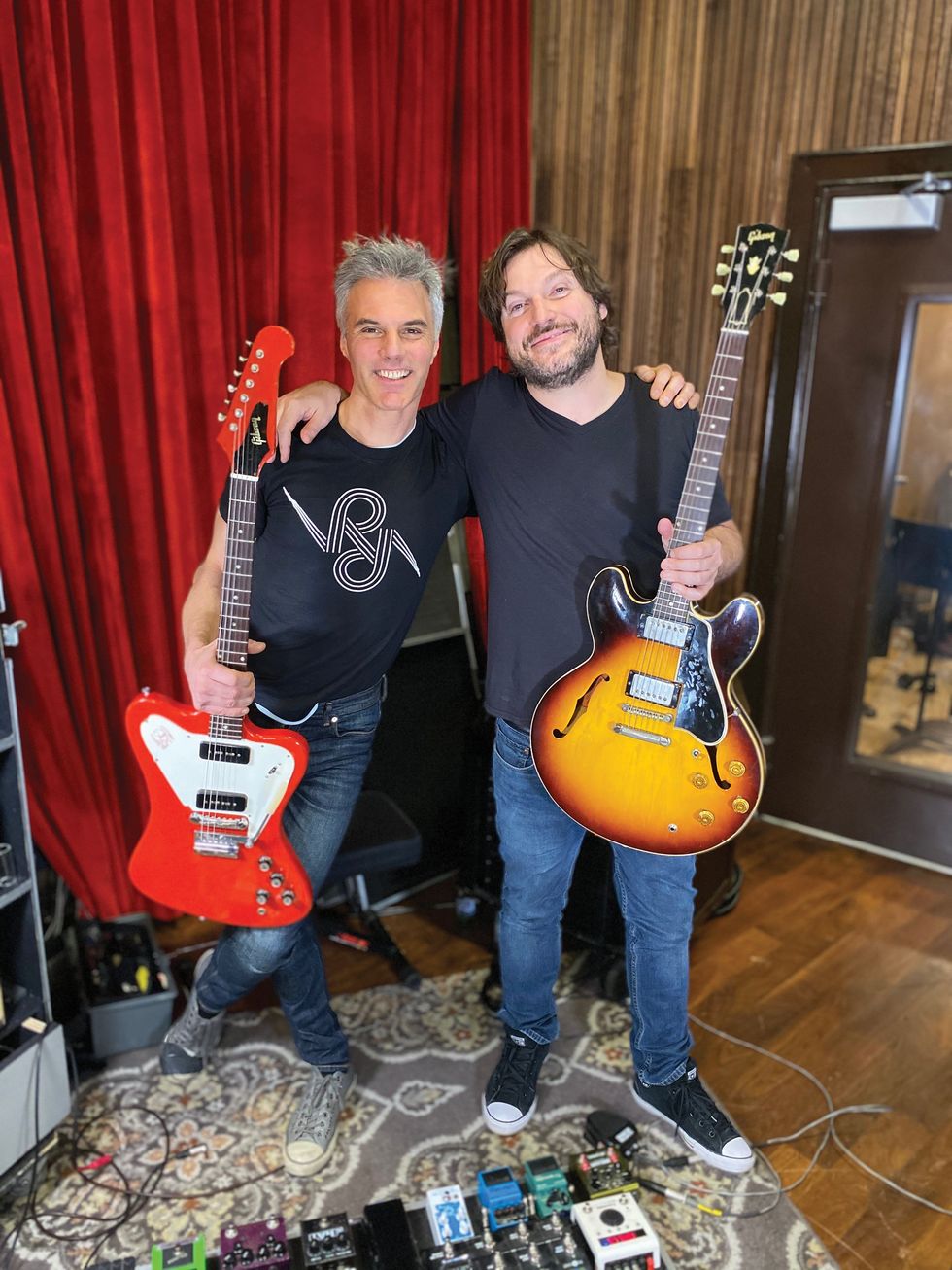A few months back, an interesting discussion took place after an interview with EarthQuaker Devices VP Julie Robbins was posted, wherein she described our industry as “male-dominated” and encouraged more women to enter the business. Some people viewed any efforts to create more female employees or business owners as an artificial balancing of the scales that could disproportionately punish men through arbitrary quotas. Others viewed efforts to pursue female customers and increase their participation as folly. If the customer breakdown is 90/10, male to female, why waste time marketing to an imaginary market that we wish for, at the expense of appealing to the one we have?
If an industry’s customer base is 90 percent male, the interested applicants for employment are 90 percent male, and the business’ industry participants are 90 percent male, I don’t see any problem with calling that industry “male-dominated.” Some people may see that term as a pejorative. I think Julie Robbins was simply stating a matter of fact.
Whether it should be that way is a legitimate matter of contention. My take as a former touring player and instructor, a business school graduate, and an industry peer/competitor of EarthQuaker who’s been privy to the guitar mag media guides and retailer demographic breakdowns since 1995: Unless the guitar industry eventually gets younger and more female in terms of its participants on all levels, and our industry simply continues to react to where the market currently is at any point in time rather than adapting and taking it where it needs to go, then the guitar is eventually going to fade and go the way of the saxophone. It will still be a cool instrument, but one that’s no longer central to the music and art of the future.
Over just the last generation, the bell curve peak of interest in this instrument has begun to shift outside its previous ideal targets, from teenagers towards thirtysomethings. The market is just as male as it ever was, but it’s just getting older, and that has ripple effects throughout the entire culture. If young people, who are more sensitive to inequality of opportunity and outcomes than previous generations, don’t see players of both sexes that they can identify with or aspire to be like, they will become more and more interested in becoming actors, DJs, or reality TV stars than playing this instrument. As much as I binge watch all those CW and Netflix superhero shows, I still wish the charismatic and attractive young people in the casts were fronting bands and writing riffs instead. And as much as people my age stomp our feet about it, the lodestars of mainstream popular culture have been the activities of charismatic and attractive young people.
T-shirts unironically.”
I recently chatted with Julie, and as we groaned at each other’s demographic screenshots, we noted there are behavioral trends of males aged 35 to 44 that should concern our industry as a whole. I once semi-seriously described our own brand’s customers as: “kids who wear Atari T-shirts ironically, and grownups who wear Atari T-shirts unironically.” While I deeply love my “grown-up” customers (We have so many shared cultural touchstones!), if that 35 to 44 bar graph continues to outpace the 18 to 25 one, with the 90 to 95 percent male percentages we currently have, I think we’re going to have a financial reckoning.
Grown-ups generally settle down and stop touring or playing out as often—especially for original music in genres like rock. They stop trying out new gear as much, as they settle into their tried and true stuff that reinforces what they perceive as their sonic voice, or they buy the gear they wanted as 18-year-olds but couldn’t afford. (I had retailers actually tell me years ago how they could use this to predict which Marshall amps will go up in value or get reissued.)
They take on other responsibilities—buying a house, having and raising kids, community involvement—that have financial and time commitments that can take priority over musical endeavors and expenses. And finally, if married, males tend to cede day-to-day control of household finances to their spouses, reducing their disposable income. Hence, all the “dad jokes” we tend to see about hiding new gear from the wife, and all the more reason for efforts like Julie’s to increase the pool of women interested in our work at all levels.
There is a huge opportunity in getting more young women to be interested in the instrument. Not just for the various social reasons I believe in, but for the future viability of this instrument, its accompanying art forms, and the ecosystem of surrounding businesses supported by it. I’m not writing this to “virtue signal.” I’ve had more male employees than female ones. That’s my company’s social media profile pictured here. And all I’ve written are concerns, not solutions. But if we’re interested in the future growth and sustainability of this industry, we need to look beyond the market we have right now and begin asking the questions we need answered to create the market we can imagine.


